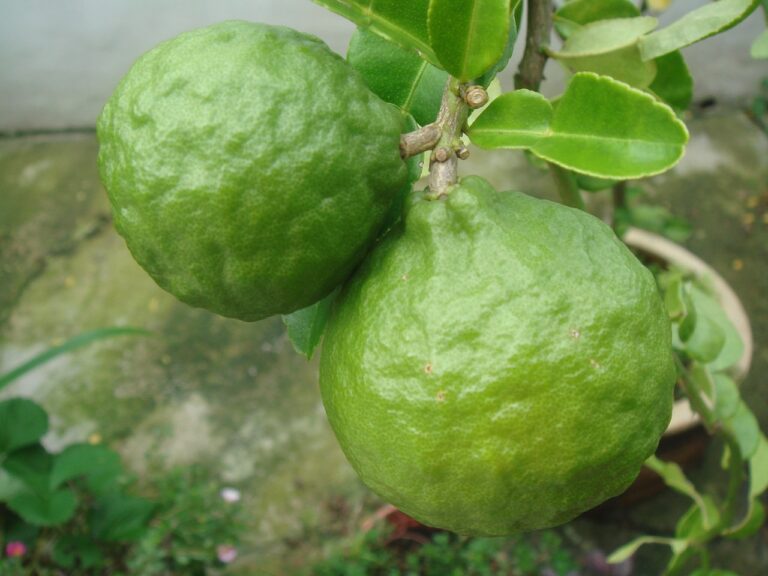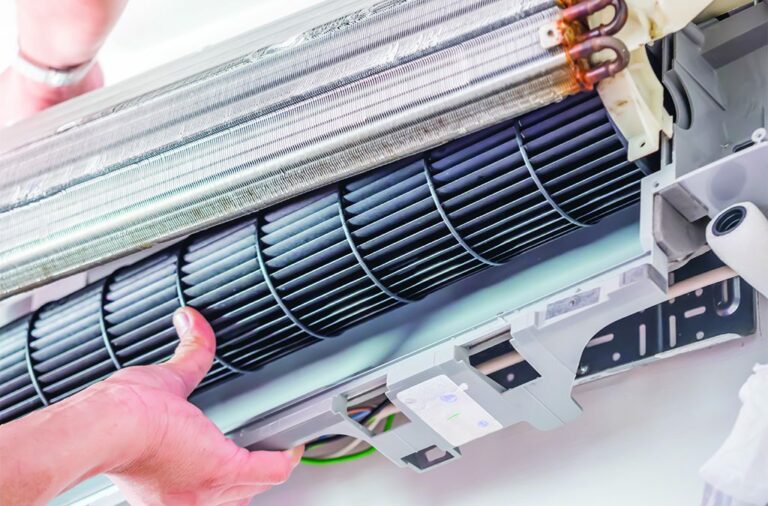Eco-Friendly Home Improvements for the Cricket Enthusiast
One effective way to make your home more environmentally friendly is by incorporating green energy solutions. By utilizing renewable energy sources like solar power, you can significantly reduce your carbon footprint and lower your energy bills. Solar panels are a popular choice for homeowners looking to harness sustainable power for their household needs. Installing solar panels on your roof can help you generate clean and renewable electricity, allowing you to contribute positively to the environment while also saving money in the long run.
Another innovative green energy solution for your home is the installation of a rainwater harvesting system. This system collects rainwater from your roof and stores it for various household uses such as watering plants, flushing toilets, and even for laundry. By utilizing rainwater instead of potable water for these purposes, you not only reduce your water consumption but also help in conserving this precious resource. Rainwater harvesting systems are relatively easy to install and can make a significant impact on your overall water usage and environmental impact.
Solar Panels for Sustainable Power
Harnessing the power of the sun has become an increasingly popular option for homeowners looking to reduce their carbon footprint and energy bills. Solar panels, also known as photovoltaic panels, are an eco-friendly solution that converts sunlight into electricity. By installing solar panels on your roof or property, you can generate clean and sustainable power.
The benefits of utilizing solar panels are twofold – not only do they provide a renewable source of energy, but they also help decrease your reliance on traditional fossil fuels. This not only contributes to a greener environment, but also offers long-term savings on your electricity bills. Solar panels are durable and low maintenance, making them a cost-effective choice for sustainable power generation.
Rainwater Harvesting System for Water Conservation
Rainwater harvesting is an innovative method that allows homeowners to collect and store rainwater for various uses around the house. By installing a rainwater harvesting system, homeowners can reduce their dependency on traditional water sources and lower their water bills. This sustainable practice not only conserves water but also helps in reducing the strain on municipal water supplies during dry spells.
The process of rainwater harvesting involves the collection of rainwater from rooftops or other surfaces through gutters and downspouts. The water is then filtered and stored in tanks or barrels for future use. This harvested rainwater can be used for activities such as watering plants, flushing toilets, or even for laundry. Implementing a rainwater harvesting system is a simple yet effective way to contribute towards water conservation efforts and promote sustainable living.
• Rainwater harvesting allows homeowners to collect and store rainwater for various uses around the house
• Reduces dependency on traditional water sources and lowers water bills
• Helps in reducing strain on municipal water supplies during dry spells
• Involves collection of rainwater from rooftops or other surfaces through gutters and downspouts
• Filtered and stored in tanks or barrels for future use
• Can be used for activities such as watering plants, flushing toilets, or laundry
• Simple yet effective way to contribute towards water conservation efforts
What is a rainwater harvesting system?
A rainwater harvesting system is a system that collects and stores rainwater for future use, such as irrigation or household use.
How does a rainwater harvesting system help with water conservation?
By collecting rainwater, a rainwater harvesting system reduces the need for using treated water for non-potable purposes, thus conserving water.
Are rainwater harvesting systems cost-effective?
Yes, rainwater harvesting systems can be cost-effective in the long run, as they can help reduce water bills and reliance on municipal water sources.
Are there any benefits to using a rainwater harvesting system?
Yes, there are several benefits, including reducing water bills, reducing strain on municipal water sources, and providing a sustainable water source for irrigation.
Are rainwater harvesting systems difficult to install?
Depending on the size and complexity of the system, installation can range from simple DIY projects to more complex professional installations.
Are there any downsides to using a rainwater harvesting system?
Some potential downsides include the initial cost of installation, maintenance requirements, and the need for adequate space for storage tanks.







